A new double-blind, placebo-controlled, crossover study published in Frontiers in Nutrition has shown that two weeks of PEAK ATP supplementation can prevent cognitive decline after high-intensity exercise.[1] This article explains the new findings:
Adenosine triphosphate (ATP) is arguably the most important molecule in your body. It's the form of energy actually used by your cells. As the body is a collection of cells, ATP is needed to carry out every single physiological function you request of it.
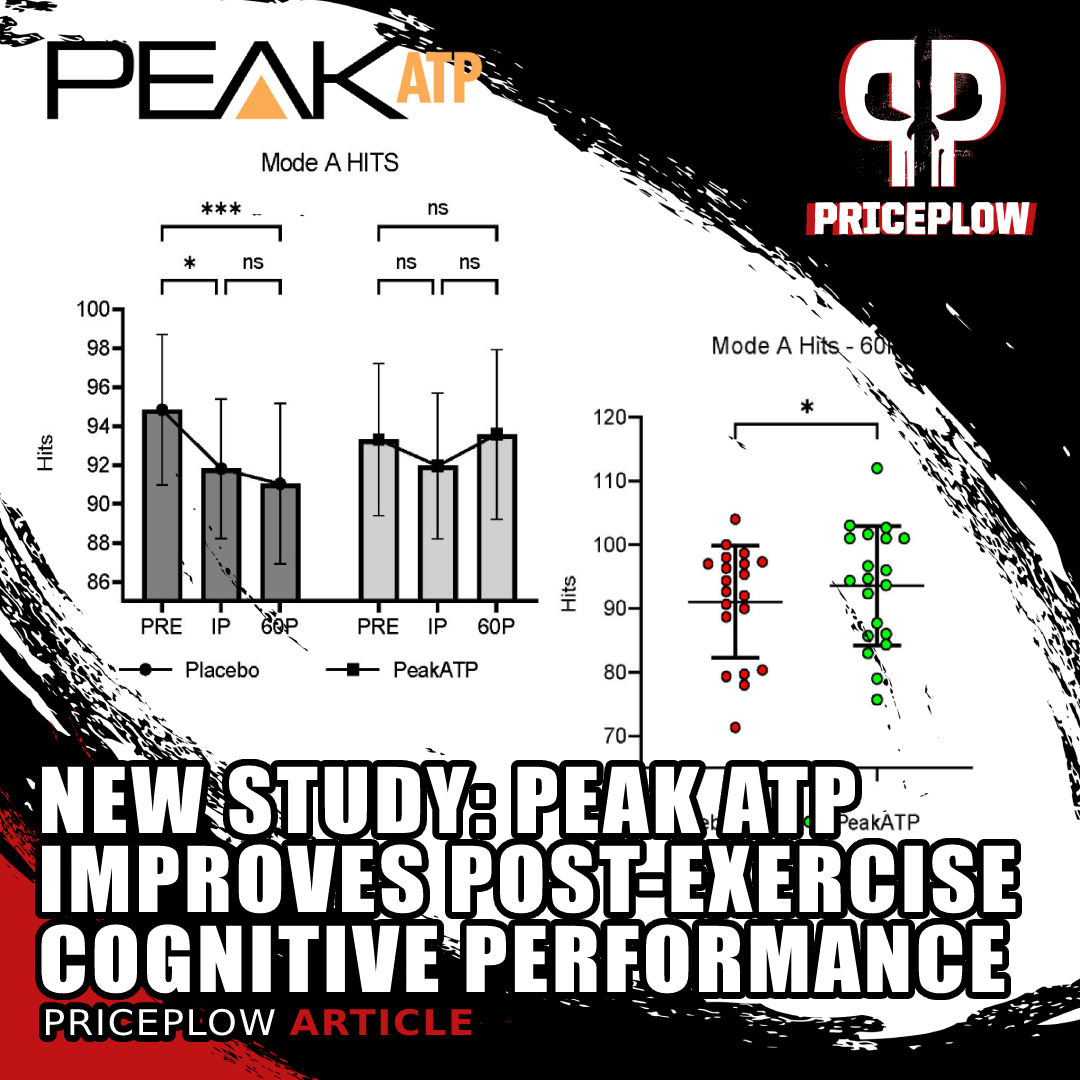
Exercise can create a feeling of mental fatigue by eliciting deficits in attention and processing speed. A study published in 2023 showed that PEAK ATP® helps mitigate deficits in several cognitive tasks following exercise.
And, generally speaking, more ATP is better. Your body's supply of ATP can easily become a bottleneck on critical metabolic processes. This logjam can impair athletic performance or, if it gets bad enough, produce severe health consequences.
Because of ATP's fundamental importance, boosting ATP tends to have wide-ranging benefits.[2] No surprise, then, that the research on PEAK ATP -- a patented disodium ATP ingredient[3-5] sold by TSI Group -- can help improve several aspects of athletic performance. Creatine is a great example of a well-studied ATP booster that works over time to improve athletic outcomes.[6,7]
As we discussed in our long-form article titled "PEAK ATP: The Ultimate Guide to Disodium ATP Supplements", PEAK ATP can also help improve total body strength, vertical jump power, and torque. It can also help improve the anabolic response to exercise and, interestingly, cardiovascular function. PEAK ATP provides many of the same benefits as creatine, but acutely - and combining PEAK ATP and creatine can bring the best of both worlds.
But what about cognitive function? Can we use PEAK ATP as an "exercise nootropic" ingredient?
New Study: PEAK ATP Maintains Cognitive Function After High Intensity Exercise
A new 2023 study published in Frontiers in Nutrition demonstrates yet another benefit of PEAK ATP supplementation – cognitive performance.[1] In this study, which is explained below, PEAK ATP helped prevent the temporary decline in cognitive function that typically follows intense exercise.
Study Design
Titled "Evaluating the effects of PeakATP® supplementation on visuomotor reaction time and cognitive function following high-intensity sprint exercise",[1] this article documents a double-blind, placebo-controlled, crossover study in which participants were divided into two groups: one took 400 milligrams of PEAK ATP, while the other took a placebo.
The trial was as follows:[1]
- Day 1 (Visit 1): Eligibility Screening
- Day 2 (Visit 2): Body measurements, familiarization with cognitive tests
- Day 3 (Visit 3): Familiarization with cognitive and physical tests, randomly assigned to PEAK ATP or Placebo group
- Days 4-17: Take assigned supplement
- Day 18 (Visit 4): Return to lab within 24 hours of last dose, re-take tests
- Days 18-31: 14 Day Washout
- Days 32-45: Take other supplement (crossover)
- Day 46 (Visit 5): Return to lab within 24 hours of last dose, re-take tests
Sprint exercise trials used
At the end of the first 14 day treatment phase, the participants were subjected to a three minute high intensity sprinting exercise (HISE) on a stationary bike. Performance between the two treatment conditions was compared.
Cognitive tests performed
Before and after each exercise trial, participants completed cognitive testing in the form of the Profile of Mood States questionnaire (POMS), the Automated Neuropsychological Assessment Metrics (ANAM), and the Dynavision D2. This allowed the study authors to quantify the subjects' post-exercise decline in cognitive function, as well as compare the differences between the two groups.
Washout and crossover employed
After a 14 day washout period, the groups switched treatments, took the new treatments for another 14 days, and then repeated the same HISE test. This is what's meant by a crossover study design: by repeating the test under identical conditions, the subjects served as their own controls.
Variables controlled: caffeine removed
Before each visit, the participants were required to abstain from caffeine for at least 24 hours, and fast for at least two. Since caffeine is an ergogenic aid,[8] it can definitely be a confounding variable in exercise performance, so it was removed from the equation.
Results
The researchers found that compared to the placebo treatment condition, 14 days of 400 milligrams PEAK ATP significantly reduced the cognitive impairment each group experienced post-exercise.[1]
Accuracy and reaction time improvements
The next two graphs we'll discuss are results from the Dynavision D2 Mode A, which is designed to measure the speed and accuracy of hand-eye coordinated reflexes. It works by having subjects press buttons as fast as they can when the buttons light up in sequence – sort of like whack-a-mole.
Since the buttons only stay lit for a few seconds, the Mode A test measures two things:
- the number of accurate button presses the subjects can manage during the 1-minute test period, and
- average reaction time per hit.
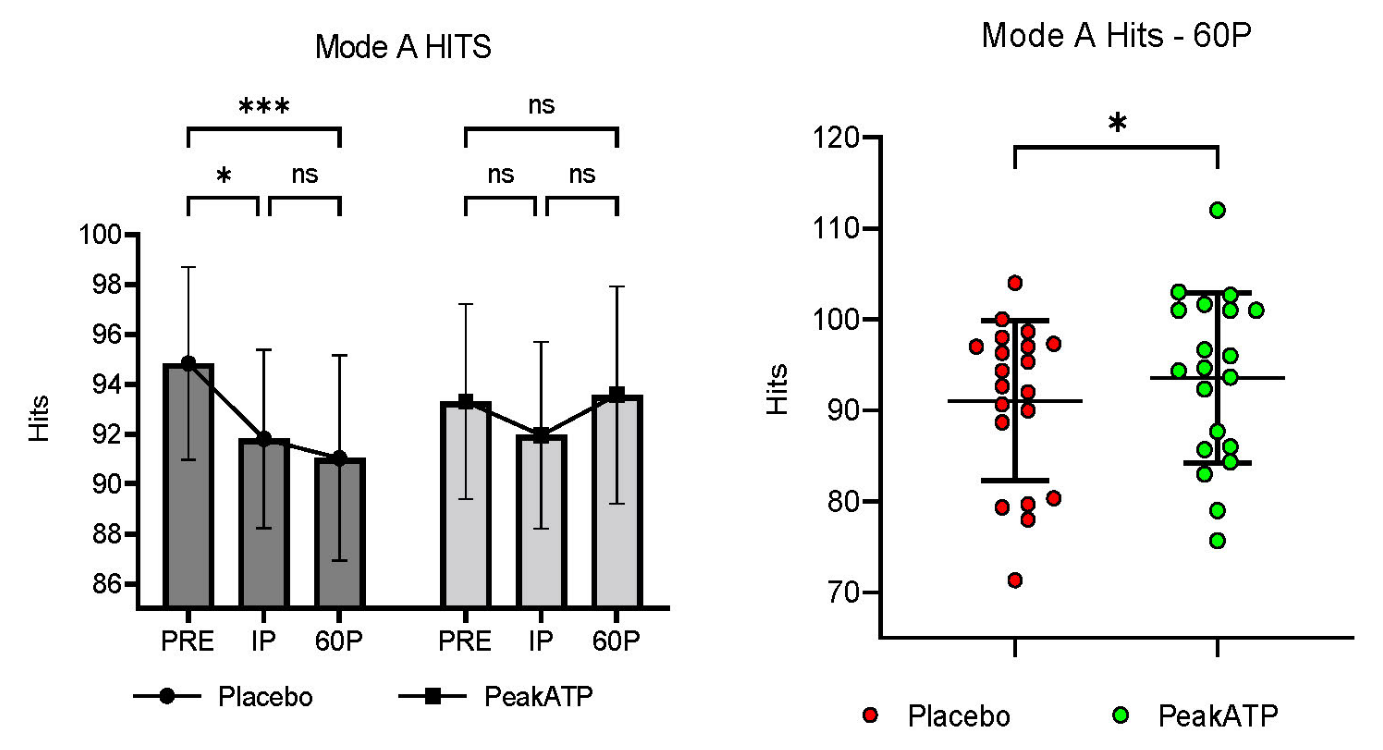
Compared to the placebo group, the PEAK ATP group's accuracy on a 1-minute reaction time test declined significantly less after exercise.[1] PRE = before exercise, IP = immediately post exercise, 60P = 60 minutes post exercise.
On the Dynavision Mode A test, which is designed to measure how fast subjects accurately react to stimuli by having them press buttons that light up on a grid, the subjects' accuracy declined significantly less on the PEAK ATP treatment condition compared to when they took the placebo.[1] This is especially evident in the tests taken 60 minutes post-exercise (labeled as "60P" in the charts).
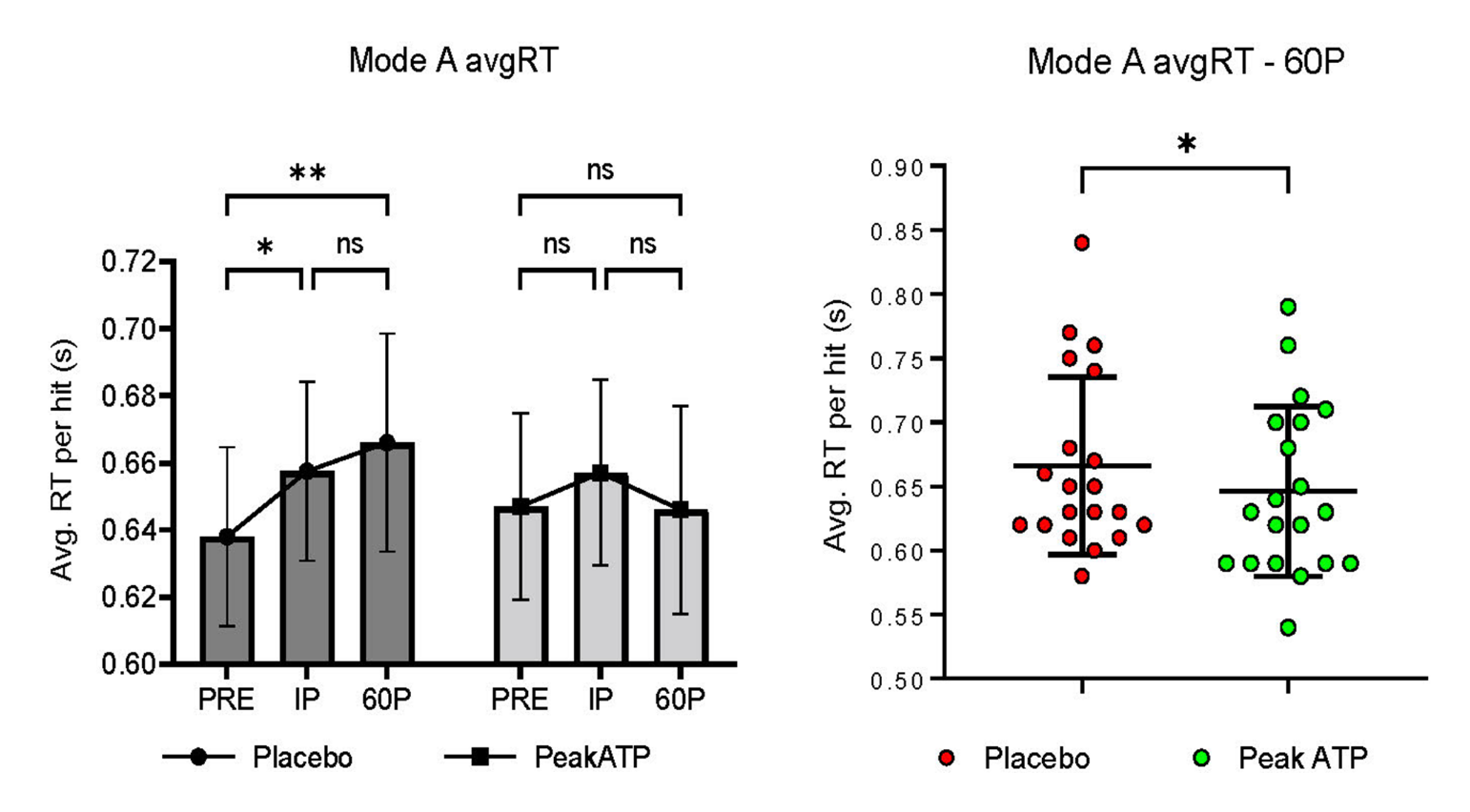
Reaction Times: On the Dynavision D2 Mode A, a measure of hand-eye coordination, subjects reacted faster on PEAK ATP than they did on the placebo.[1] PRE = before exercise, IP = immediately post exercise, 60P = 60 minutes post exercise.
Eye movement reaction tracking
The researchers also had subjects do a Dynavision D2 Mode B test, which measures vestibulo-ocular reflexes. In this test, the subjects' eye movements were tracked as they focused on buttons that light up in sequence.
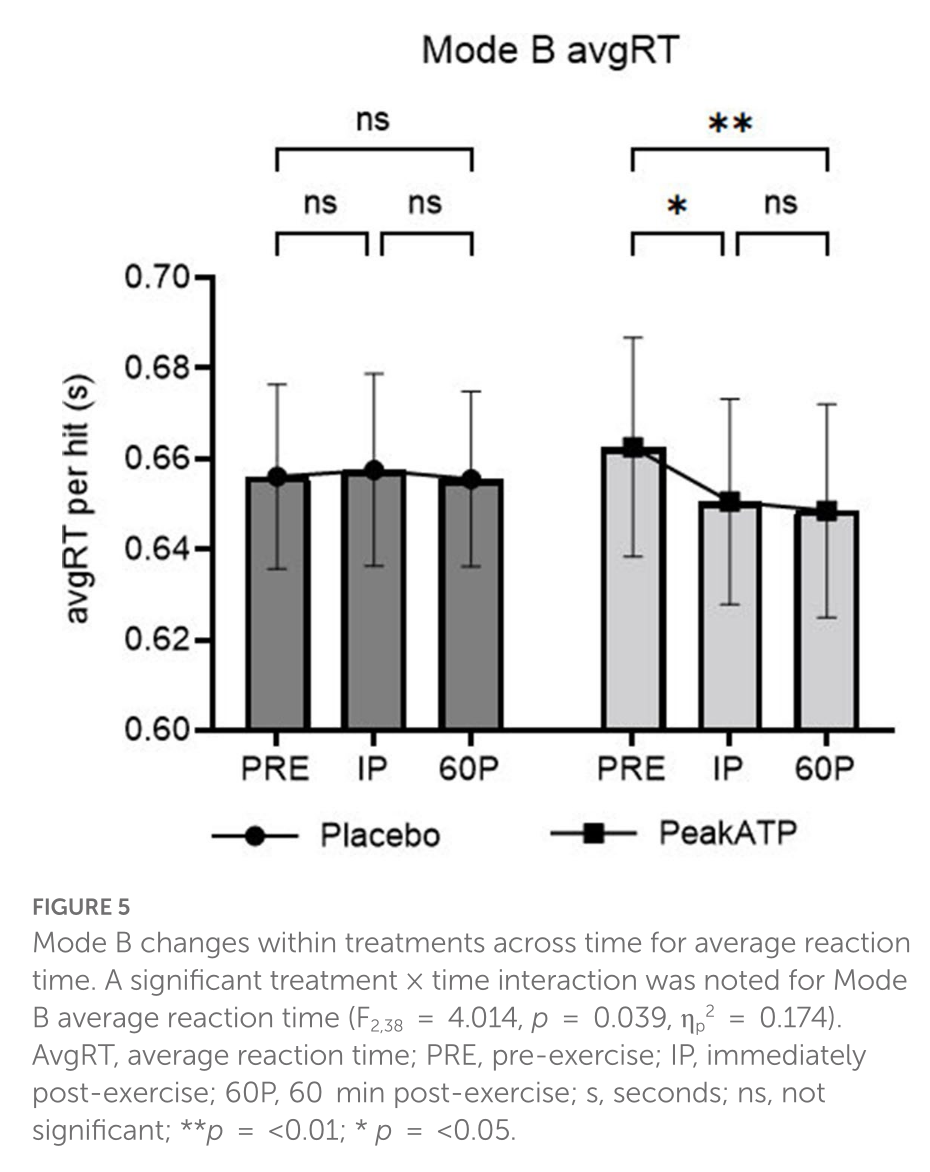
On the Dynavision D2 mode B, a measure of ocular reaction time, the PEAK ATP treatment condition also outperformed the placebo treatment.[1]
On the vestibulo-ocular mode B test, the subjects still did better after taking PEAK ATP than they did after taking the placebo.[1]
Worth noting: In order to ensure optimal results, the researchers utilized known best practices for this series of tests.[9] There were no significant differences in mood state or multiple object tracking tests.[1]
Confirmatory Findings, But More Research Is Needed
When talking to Dr. Ralf Jaeger on Episode #078 of the PricePlow Podcast, he explained how PEAK ATP supplementation could improve ATP-based performance outcomes, especially after ATP stores have been depleted. Understanding that, it makes total sense that the ingredient can prevent cognitive decline, especially after a 3 minute all-out sprint.
With that said, the study authors point out that the exact mechanism by which exogenous ATP could improve reaction times is not clear – and it's even more confusing when you consider that other cognitive variables like mood and multiple object tracking ability were unaffected.
In the discussion section, the authors do point out that previous studies on exogenous ATP did not impact visuomotor assessments.[10] On the other hand, using the Dynavision D2 allows for a greater resolution of reaction time data than previous methodologies.[1] So it's possible that this study captured an effect that was previously masked by the design of earlier studies.
The results of this study are definitely promising, and make sense from what we've anecdotally experienced with PEAK ATP, especially now understanding that the ingredient improves blood flow (referencing back to our podcast with Dr. Jaeger).
Beyond blood flow, however, the ATP itself likely serves a role. For instance, creatine has been shown to boost cognition, thanks to the fact that it increases ATP availability for neurons.[11,12] Our bet is that future studies will show PEAK ATP consistently does the same.
Aside from watching the podcast with Dr. Jagr, you can sign up for PEAK ATP alerts below, read our main PEAK ATP deep-dive to understand its sports performance benefits, and see our list of articles and supplements mentioning PEAK ATP.
Subscribe to PricePlow's Newsletter and Alerts on These Topics
TSI Group – Deals and Price Drop Alerts
Get Price Alerts
No spam, no scams.
Disclosure: PricePlow relies on pricing from stores with which we have a business relationship. We work hard to keep pricing current, but you may find a better offer.
Posts are sponsored in part by the retailers and/or brands listed on this page.
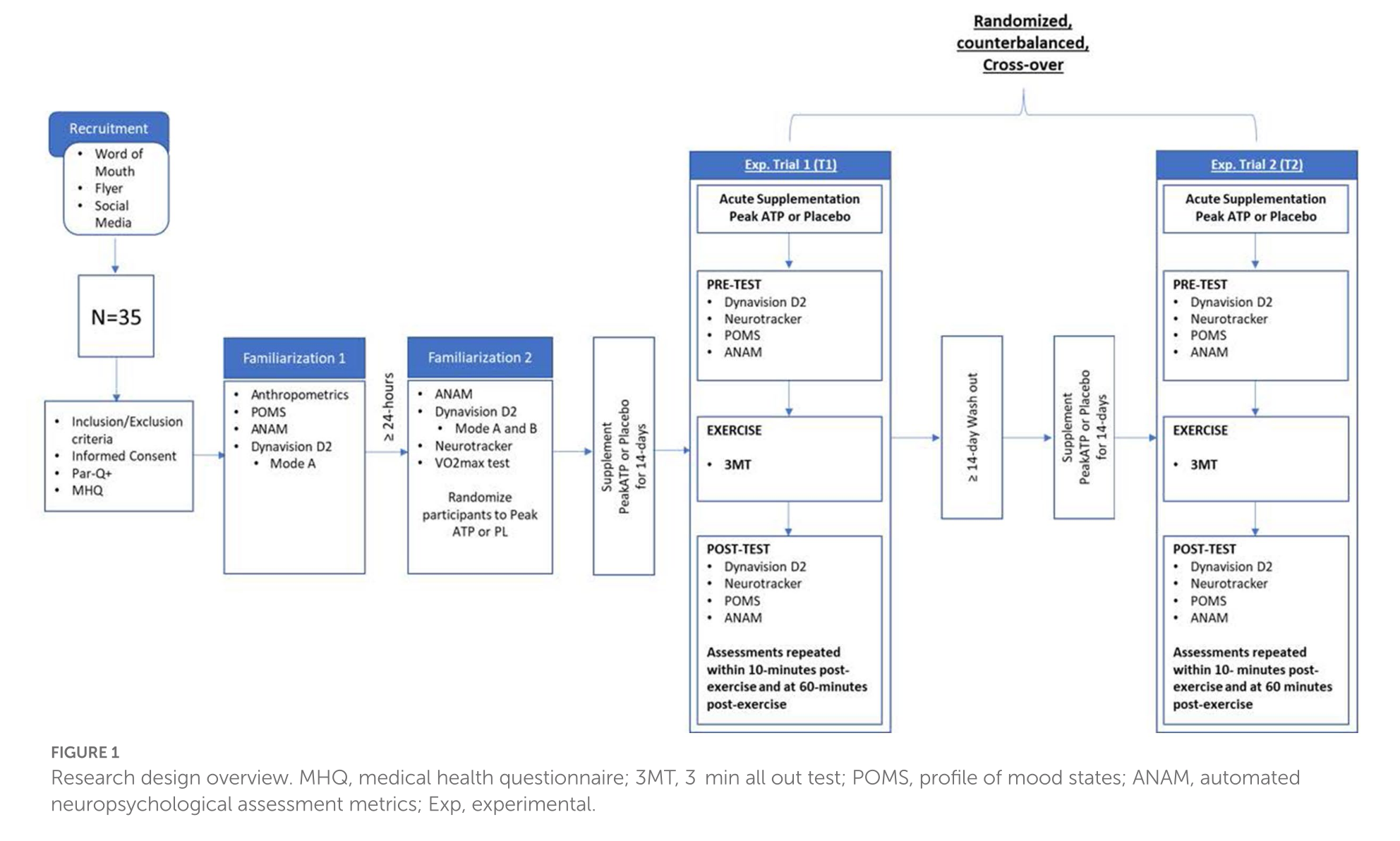
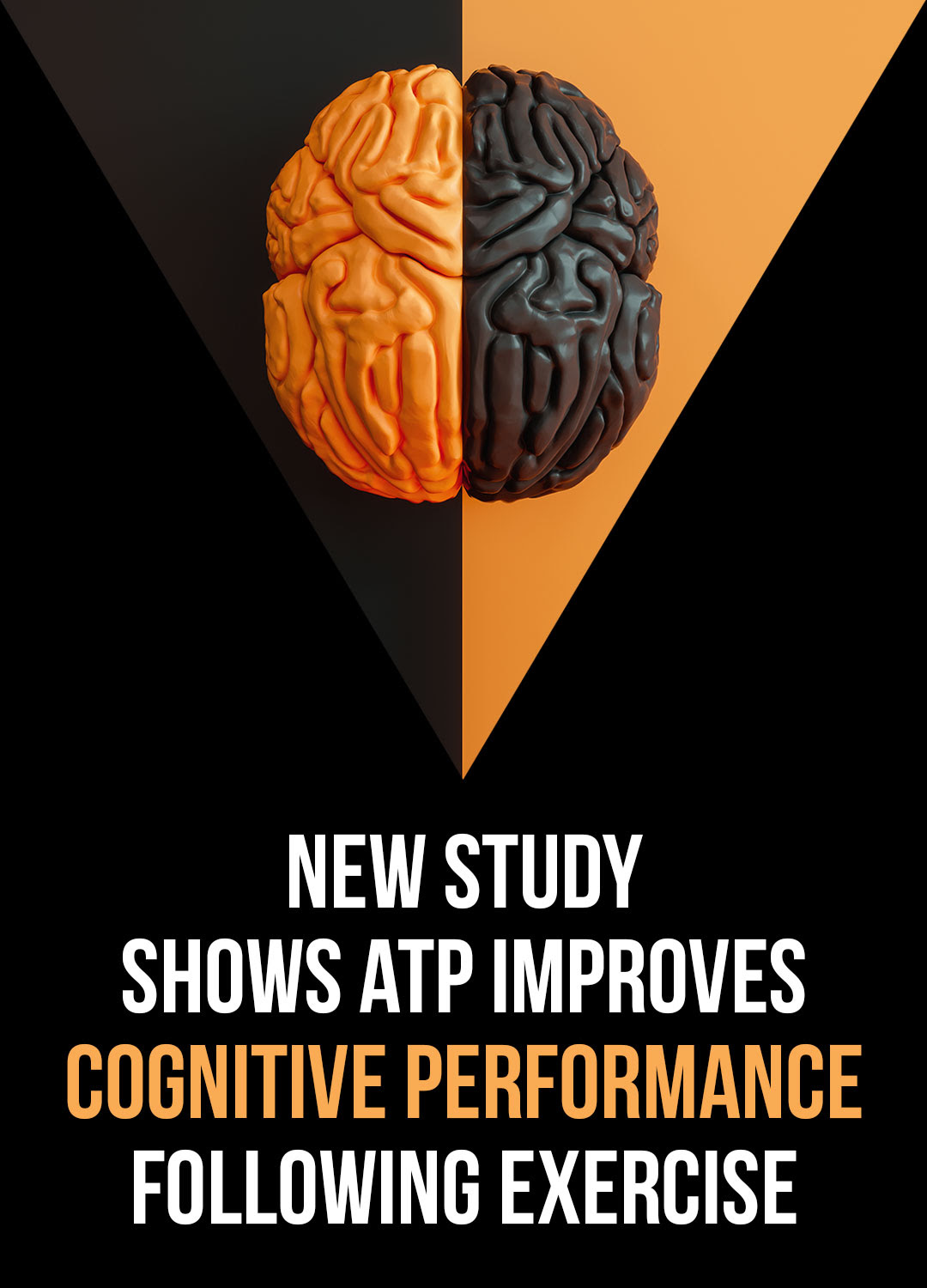
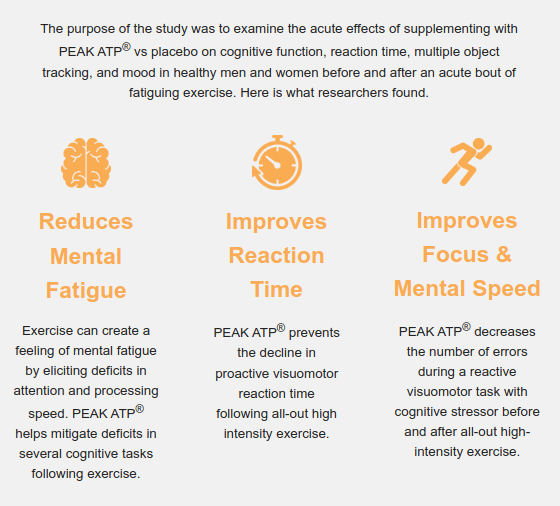



Comments and Discussion (Powered by the PricePlow Forum)